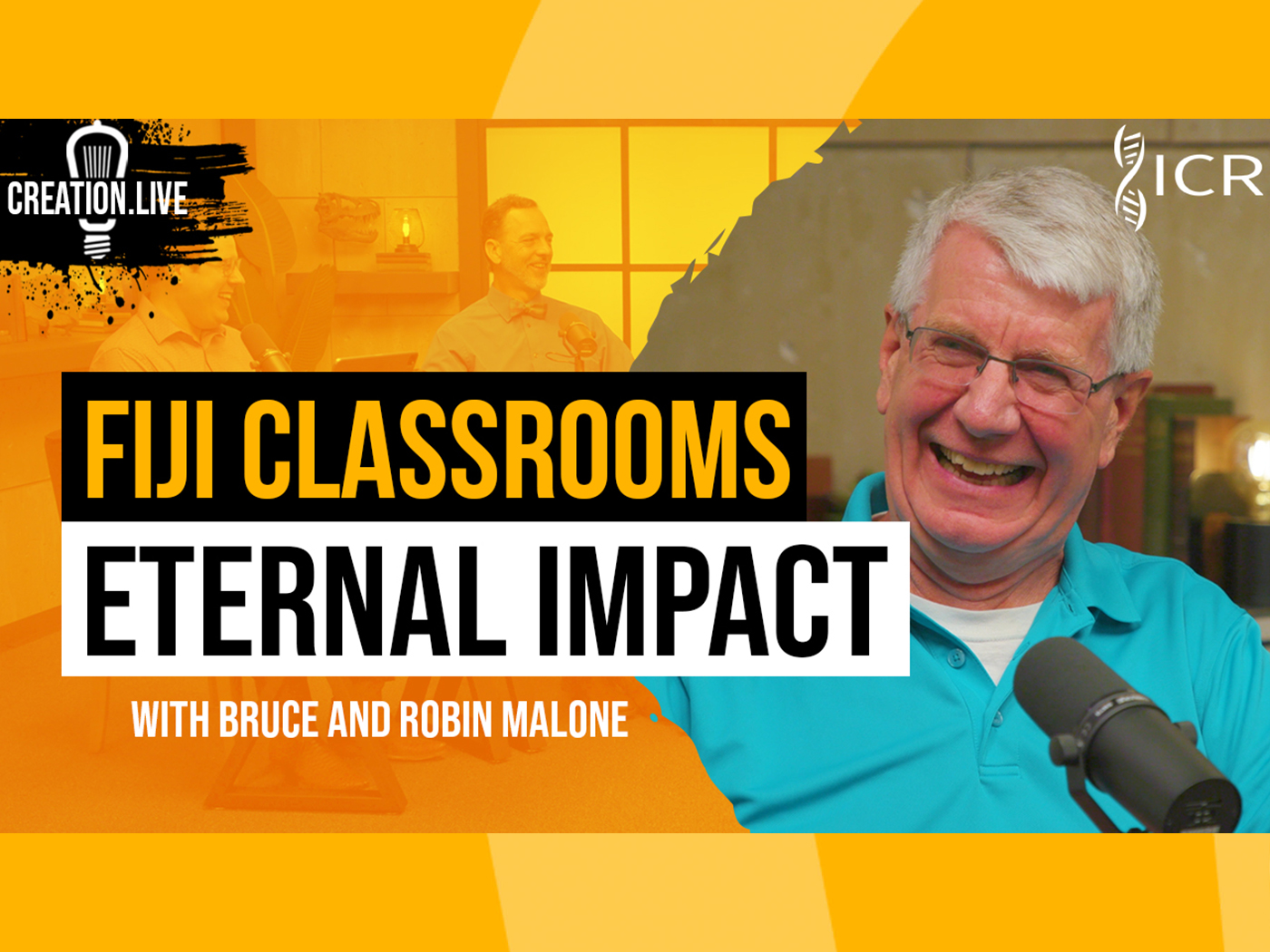Scientists have wondered why the number of protein-coding genes in an organism doesn’t strongly correlate with its “apparent” complexity. The emerging answer to this question is contained in the DNA regions outside the protein-coding genes—once thought to be “junk DNA.”
To understand this paradox, it is first important to define the term “organismal complexity” as the number of different cell types found in an organism. For example, the nematode worm (roundworm) has 28 different cell types, fruit flies have 64, and humans have about 200 and perhaps as many as 300.1 However, the classification of what constitutes a specific cell type can be difficult due to overlapping features, so these numbers are estimates.
In addition, genomics studies are collectively revealing that animal genomes contain a large, basic core set of protein-coding genes plus a smaller group of genes called “orphan genes” that are highly specific to that particular organism.1, 2 In general, most multicellular animals have about 20,000 to 30,000 protein-coding genes. However, the amount of non-coding DNA located outside the protein-coding genes generally corresponds to the organismal complexity of the animal in question—the more complex the animal, the greater amount of non-coding DNA it will have. A recent DNA sequence analysis of 153 different animal genomes confirmed this general trend.1
In this same study, the researchers also analyzed the total amount of non-coding DNA sequence that was expressed (copied into RNA) in four different and increasingly complex organisms: the nematode worm, fruit fly, zebrafish, and human. They found that the levels of expressed non-coding DNA increased in correspondence to the creature’s organismal complexity. Not only do more complex animals generally have larger amounts of non-coding DNA, but it is also pervasively expressed in each organism.
Previous work indicates that more than 85 percent of the human genome is expressed in a dizzying array of non-coding RNA molecules that serve many different functional and structural purposes in the cell.3,4 Researchers are fervently studying these genomic regions because about half of the genetic variation associated with heritable diseases lies in these “intergenic areas.”5
In fact, scientists are finding that every type of well-studied, non-coding animal RNA is associated with a specific cell type, growth stage, physiology, or disease.1,3,4 These intergenic expressed sequences even tend to be more functionally specific than protein-coding genes, on average. This refutes the common evolutionary claim that just because a DNA sequence is expressed does not mean it is functional.
Research is showing that the mysterious whereabouts of information underpinning organismal complexity is not entirely associated with just basic protein-coding gene sets. Instead, much of this important information is located in the highly functional, non-protein-coding portions of the genome.6
The main points can be summarized as follows:
- Any given animal genome is a complete storehouse of important information, and this fact negates the concept of “junk DNA.”
- The more complex an animal’s genome is, the larger that genome’s amount of information expressed through non-coding DNA will be.
- Protein-coding genes are largely a basic set of instructions within a complex and larger repertoire of regulatory DNA sequence.
As research progresses, the revealed structure and function of genomic information across the spectrum of life show pervasive design and complex engineering.
References
- Liu, G., J. S. Mattick, and R. J. Taft. 2013. A meta-analysis of the genomic and transcriptomic composition of complex life. Cell Cycle. 12 (13): 2061–2072.
- Tomkins, J. Newly Discovered ‘Orphan Genes’ Defy Evolution. Creation Science Update. Posted on icr.org August 26, 2013, accessed September 3, 2013.
- Cabili, M. N. et al. 2011. Integrative annotation of human large intergenic noncoding RNAs reveals global properties and specific subclasses. Genes & Development. 25 (18): 1915-1927.
- Hangauer, M. J. et al. 2013. Pervasive Transcription of the Human Genome Produces Thousands of Previously Unidentified Long Intergenic Noncoding RNAs. PLoS Genetics. 9 (6): e1003569.
- Hindorff, L. A. et al. 2009. Potential etiologic and functional implications of genome-wide association loci for human diseases and traits. Proceedings of the National Academy of Sciences. 106 (23): 9362-9367.
- Tomkins, J. 2012. Junk DNA Myth Continues Its Demise. Acts & Facts. 41 (11): 11-13.
* Dr. Tomkins is Research Associate at the Institute for Creation Research and received his Ph.D. in genetics from Clemson University.













